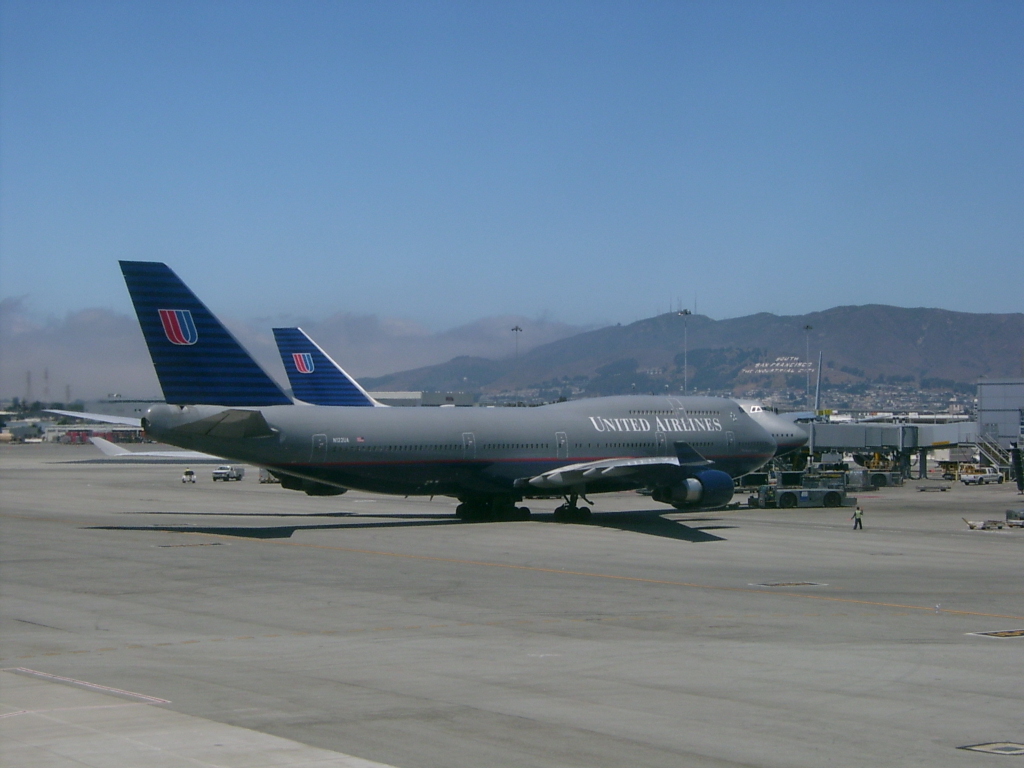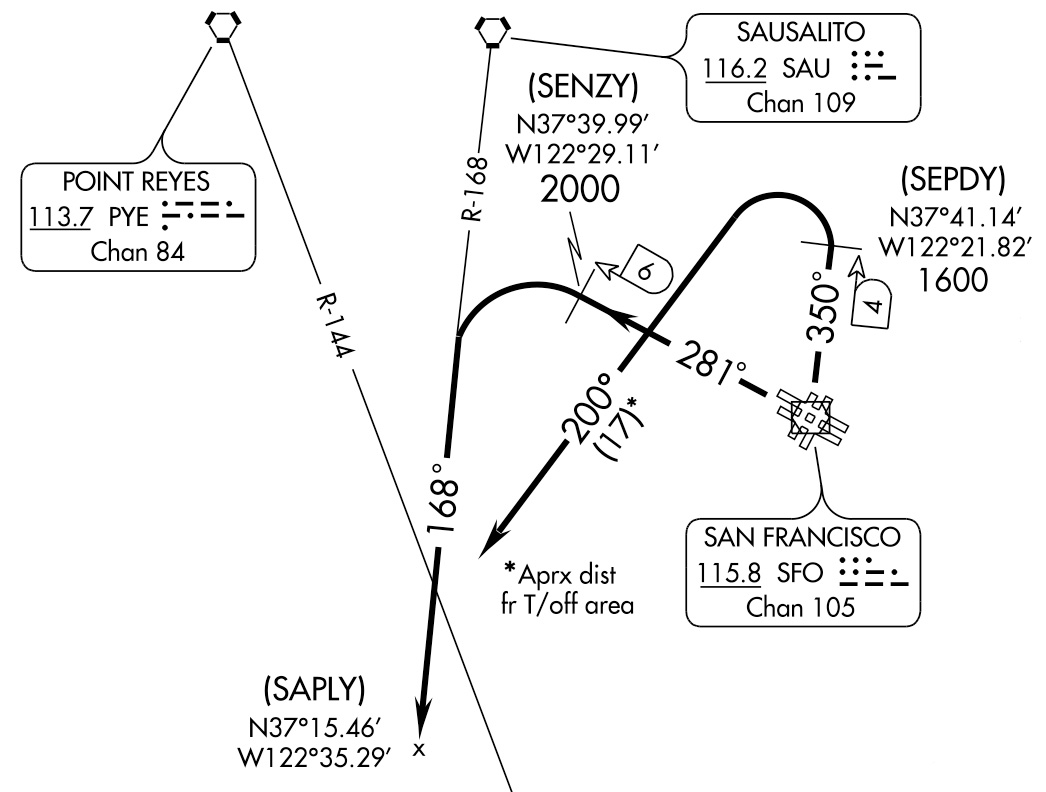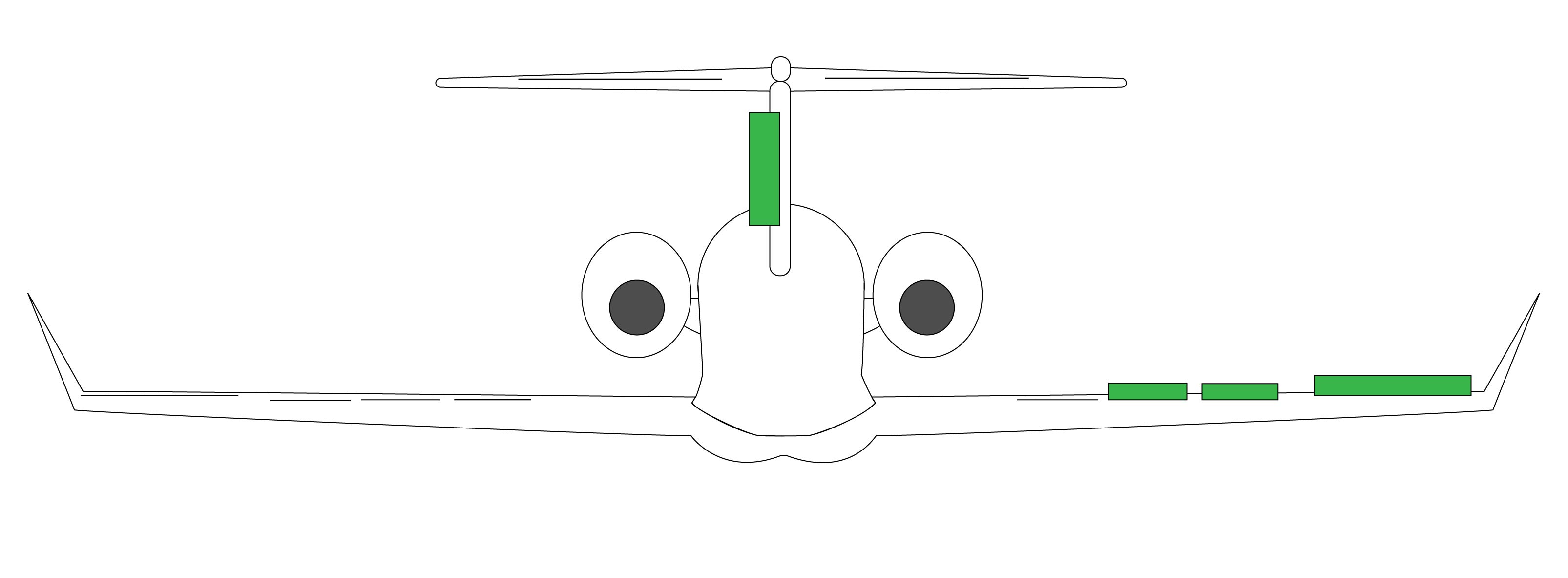Why is it that some pilots are in a terrible rush to push the rudder to the floor following an engine failure in the simulator, but somehow forget the rudder exists if an engine fails in the airplane? Nearby terrain complicates matters. Modern jets with yaw dampers and turn coordinators practically make the rudder obsolete in many pilots' minds, except for takeoff and landing. Even with an engine failed, sometimes pilots ignore the rudder. That seems to be the case here, with two highly experienced pilots.
— James Albright
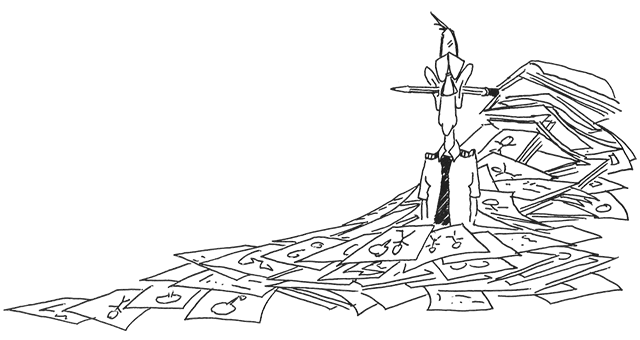
Updated:
2025-03-15
Date & Time: June 28, 1998, 1039 PST
Aircraft: Boeing 747-422
Injuries: 0 of 288 passengers, 0 of 19 crew
Sources: This is one of those cases where there are no official documents to look at, only news reports and the filed ASRS reports. What sources I have are listed in the References below.
As multi-engine pilots, we are trained early and often to get the correct rudder following an engine failure. There are at least three problems to avoid.
First, some pilots turn this into a race to see how quickly they can get the rudder, even before there are any clues as to which engine has failed and which rudder should be pressed. Results: a wrong rudder leads to losing control of the aircraft.
Second, some pilots mash all the rudder and never check it again, resulting in adverse yaw away from the good engine(s). This is the "Barn Door Effect", and robs the aircraft of performance. Result: too much rudder can decrease aircraft climb performance to the point it cannot out-climb the terrain.
Third, some pilots forget about the rudder entirely in the heat of battle. While they survive the ordeal in the simulator, in the aircraft they forget all the lessons learned. This is what happened with United 863.
1 — The training emphasis: Keep the airplane flying straight
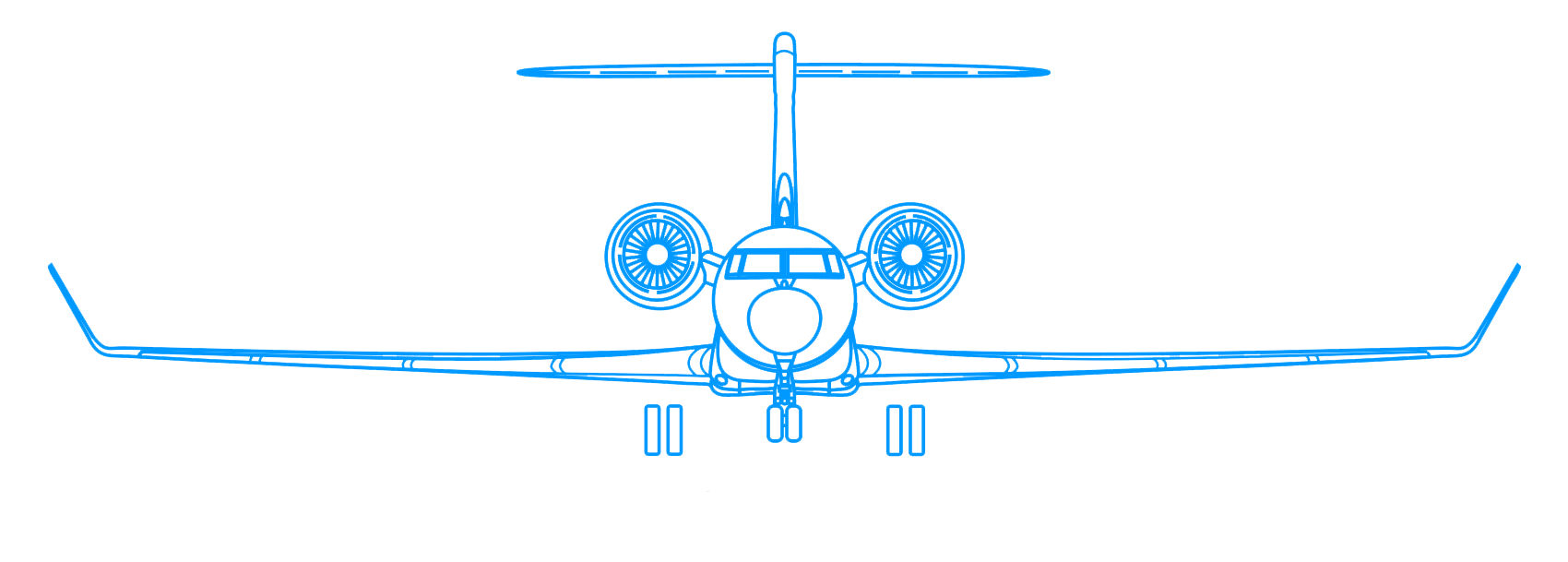
1
The training emphasis
Keep the airplane flying straight
The "T-Procedure"
I went through the United Airlines Boeing 747 Captain's Course in 1986, on contract with the U.S. Air Force, to get my Airline Transport Pilot certificate as well as a Boeing 747 type rating. The course was excellent and left me impressed with many things, including the emphasis on terrain avoidance following an engine failure during takeoff. The "make it or break it" simulator drill was an engine loss at V1, at maximum weight, departing San Francisco's Runway 28L.
The Boeing 747-100 at maximum weight is, shall we say, a bit anemic in performance. You have enough thrust until you lose an engine, and then you only have enough if you get the rudder just right. Too little rudder means the aircraft turns toward the dead engine, but too much rudder turns you away from the dead engine. In either case, this can steer you into obstacles unless you compensate with ailerons to level the wings. At some point, the spoilers on the side of the upturned ailerons will deploy. Now you have extra rudder, ailerons, and spoilers creating drag in the relative wind, robbing you of climb performance.
One of many emphasis items during my training was you have to keep on heading, you had to follow the "T-Procedure" to avoid terrain. I think this emphasis continued and most United pilots are very aware of the need to keep the airplane on heading following an engine failure.
2
The barn door effect
Most multi-engine pilots are well aware of what happens when you get the rudder direction wrong following an engine failure. Many multi-engine pilots place too much emphasis on getting the rudder applied quickly, forcefully, and fully.
Quickly: you have enough time to allow the direction of the adverse yaw to become evident, to make sure you get the correct direction. If you get the wrong rudder, the aircraft will roll into the dead engine because of the operating engines and the rudder. You are left no choice but to reverse the rudder, which could over stress the vertical fin. You are better off taking your time when assessing which rudder pedal to press.
Forcefully: There are several problems with smashing the rudder pedal to the floor. First, if you've selected the wrong rudder it doesn't give you any warning. A gentle application is easier to reverse if it becomes apparent you've made a mistake. Second, it doesn't give the other pilot any time to intervene. And finally, it could over stress the vertical fin.
Fully: You may need full rudder, especially right after takeoff and at V2. But as the aircraft accelerates the need for full rudder will decrease. If the engine is producing some thrust, if you aren't at maximum weight, or if the environmental conditions are favorable, you may never need to fully depress the rudder pedal. This is where the "barn door effect" takes place. Too much rudder can rob you of climb performance. More about that: The Barn Door Effect.
3
June 28, 1998
Taking off out of San Francisco
On June 28, 1998, United Airlines Flight 863, a Boeing 747-400, departed San Francisco International Airport (KSFO), California, bound for Sydney Airport (YSSY), New South Wales, Australia. There were 288 passengers and a crew of 19 onboard. In the cockpit, two relief pilots joined the captain and first officer. It was the first officer's takeoff. The captain was highly experienced with 23,000 total hours, but only 900 hours in type. The first officer was also highly experienced with 9,500 total hours and 2,500 hours in type. Although the first officer had over 240 hours in the previous 90 days, he only made one actual takeoff from the aircraft in the previous year.
Just after lift-off, the aircraft encountered zero visibility conditions. The number three engine began to severely vibrate and then failed, making a loud series of banging noises. The Captain and one of the Pilot Monitoring (PMs) started engine shutdown procedures. The FO in the right seat continued to fly the aircraft with the other PM observing the flight progress. The aircraft started to drift to the right due the asymmetrical thrust condition caused by the failed engine. The FO(PF) attempted to turn the aircraft to the left toward the prescribed engine failure track. He mainly used the aileron control to try to turn. This control input did not stop the aircraft drift to the right toward high terrain. The PF did not apply sufficient rudder control to deal with the yaw caused by the engine failure. The raised spoilers caused by the aileron control inputs resulted in increased drag on the aircraft which caused a decrease in airspeed and climb rate.
Source: Arnold, ¶1.3
I NOTED THE ACFT WAS HANDLING VERY SLUGGISH AND VERY SLOW TO CLB. INSTINCTIVELY, I PULLED THE NOSE UP JUST A BIT MORE TO CLB AWAY FROM THE GND.
The PM observing the PF warned him about the decreasing airspeed, but none of the pilots on the flight deck noticed the deviation from the prescribed course. As the aircraft approached the high terrain (San Bruno Mountain) northwest of the airport, the GPWS sounded. The PF raised the nose of the aircraft, which caused the stick shaker to activate (due to the low speed of the aircraft). The aircraft missed the high terrain by about one hundred feet. Upon hearing the GPWS warning and the stick shaker, the Captain took control, of the aircraft, increased the climb speed and returned the aircraft to the prescribed course. The FO flying the aircraft did not sense the yaw produced by the engine failure or note the yaw indicator in his PFD. He was also unaware of the drag increase caused by the large aileron control inputs and spoiler activation.
Source: Arnold, ¶1.3
Even when loaded with 200 tons of fuel, with only three operative engines the -400 has enough muscle to climb safely over the obstacle, but only when properly handled.
The mammoth jetliner yawed right in response to the engine failure; but instead of applying left rudder to counter the powerful yaw, the first officer, who was flying the airplane, incorrectly applied left aileron. Banking alone, however, was insufficient to arrest the yaw, and the Boeing jetliner entered a skidding right turn that led directly toward the mountain.
A skidding or slipping turn has a way of eroding climb performance. In addition, the deflected ailerons and raised spoilers on the left wing added substantially more drag. (Spoilers deploy automatically on the left wing when the control wheel is turned left; this kills some wing lift to help lower the wing and adds some drag to counter adverse yaw effect.)
The rest was predictable. The stick began to shake in response to a computer's sensing that the aircraft was approaching a stall. The normal response to this, of course, is to lower the nose and reduce the angle of attack. But then the ground proximity warning system began its verbal admonishment, "Terrain! Terrain! Pull up!"
In response to the urging of other pilots in the cockpit, the first officer pulled up the nose even farther and converted into altitude what little excess airspeed remained, which turned out to have been the right thing to do. The Boeing 747-400 cleared the mountain by 100 feet. It was so low that it disappeared from ATC radar, igniting controller fears that the aircraft had crashed.
Source: Schiff
I TOOK OVER ACFT, PREVENTED STALL WHILE STILL ATTEMPTING TO CLB AND RETURN TO PRESCRIBED 295 DEG RADIAL OF VOR. TERRAIN WARNING INTERMITTENT (WE HAD ENTERED FOG AT DEP END OF RWY).
Source: ASRS, 406810 (Captain's report)
The aircraft was vectored out over the ocean where it dumped fuel before returning to San Francisco.
Investigation showed that the first officer had only made one takeoff and landing in the previous year. Pilot currency rules at United were amended to state that at least one of the three required takeoffs and landings in the previous 90 days must have been made in an actual aircraft.
4
Fixing what is broken
"Check yaw and connect the throttles to the rudder"
My first time as an instructor pilot was in the Hawaii-based EC-135J (Boeing 707) where we didn't have access to our own simulator, except for an annual pilgrimage to a California squadron flying WC-135s. So we did a lot of training in the airplane and that included engine out work. Whenever I noticed a student struggling with the rudder, I would tell him or he, "connect the throttles to the rudder if you have any engines out, do not move one without the other." I would demo the yaw by having the student freeze the rudder while I moved an outboard throttle forward and aft.
My days instructing engine out work in aircraft are long gone, but whenever we practice in the simulator, whenever I have an engine failed, I try to remind myself to add the slip indicator to my crosscheck. When the engine fails: check yaw. When I bring the other throttles forward to compensate: check yaw. When I pull the throttles back once I've reached altitude: check yaw. The process continues until everything is back to idle on the ground: check yaw.
References
(Source material)
Arnold, Robert (2015). Role of pilot lack of manual control proficiency in air transport aircraft accidents. 6th International Conference on Applied Human Factors and Ergonomics. doi:10.1016/j.promfg.2015.07.862.
ASRS Database ACN 406322, First Officer's (Pilot Flying) Report, Aviation Safety Reporting System
ASRS Database ACN 406808, Relief Pilot's Report, Aviation Safety Reporting System
ASRS Database ACN 406810, Captain's Report, Aviation Safety Reporting System
Schiff, Barry (5 June 1999). "Proficient pilot: Lazy-rudder syndrome". Aircraft Owners and Pilots Association. Retrieved 13 January 2017.
